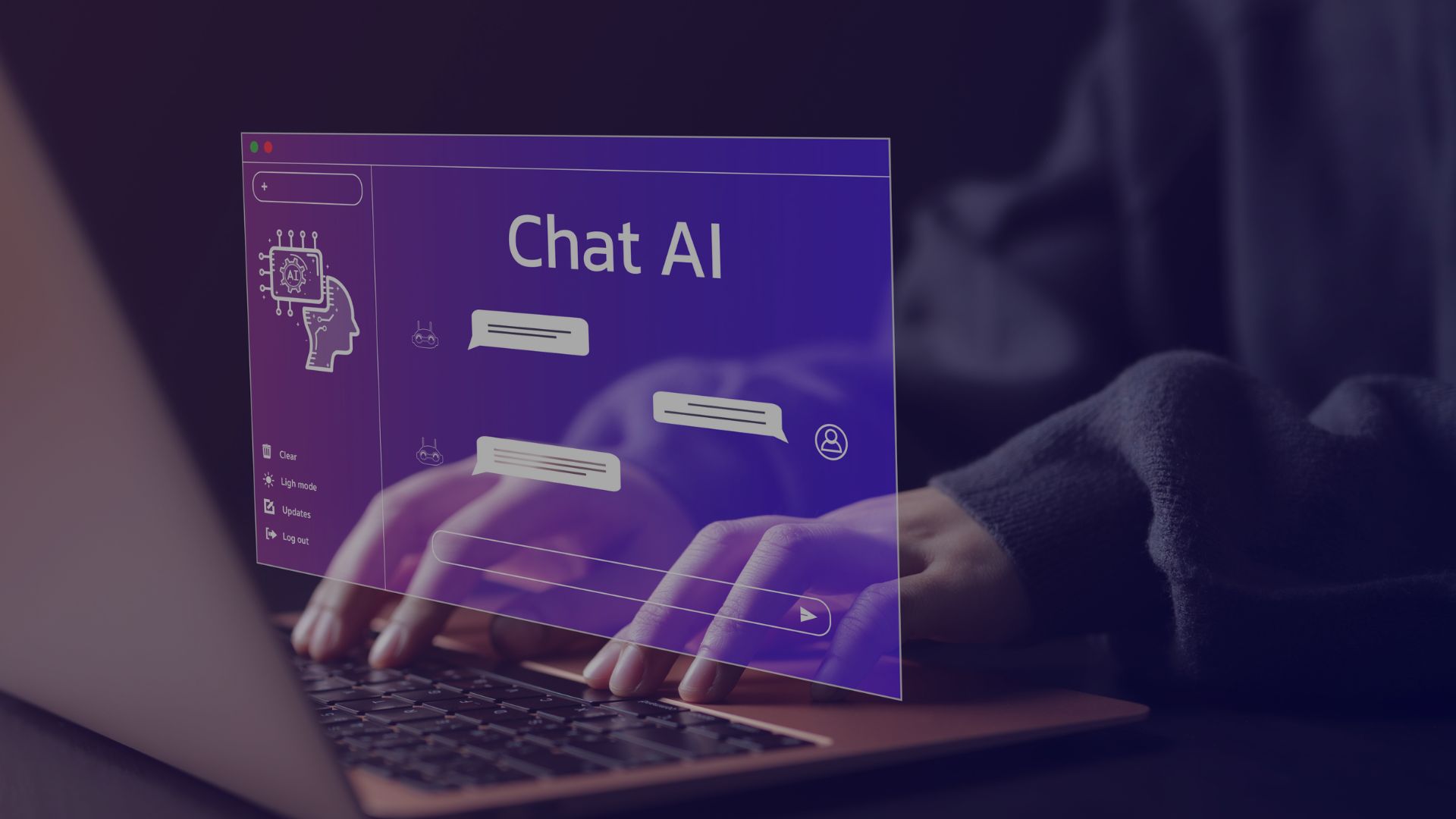AI Tools: Single-Task Automation
As the AI market rapidly develops, businesses are being introduced to a growing ecosystem of automation technologies. Among them, three categories are on top of the conversation: AI agents, AI assistants, and AI tools. While they may sound identical, each one has a specific purpose in your workflow and delivers a unique benefit.
We specialize in helping teams in identifying the best AI agent use cases for their specific needs. In this post, we break down the differences so you can decide whether you need an AI agent, an AI assistant, or a tailored solution.
AI tools are the most straightforward category. These are software solutions that use machine learning or rule-based automation to accomplish specific, narrowly defined duties. Think of them as intelligent apps or plug-ins like:
- AI-powered grammar checkers
- Image upscalers
- Data-cleaning bots
Pros: Easy to deploy, low cost, focused functionality.
Limitations: Operate in isolation, limited context awareness, not designed for decision-making or cross-platform action.
Use Case: You need a smart solution to streamline one part of your process (e.g., automatically flag duplicates in a spreadsheet).

AI Assistants: Your Digital Sidekick
AI assistants operate more like co-pilots. They support users in accomplishing multi-step tasks, often through a conversational interface or included within existing workflows.
Examples include:
- Scheduling tools that understand calendar conflicts
- Chatbots for FAQs
- Email sorting and summarization tools

Pros: AI assistants an handle moderate complexity, understand user preferences, and integrate with apps like Gmail, Slack, or Notion.
Limitations: They are still user-driven; they wait for prompts or commands to take action.
Use Case: You want help organizing, filtering, or prioritizing data and communication without giving full control to the system.
AI Agents: Your Autonomous Task Force
AI agents are a step further. These systems are designed to be autonomous, adaptive, and proactive. They don’t wait for user input, but instead act on their behalf, making decisions, monitoring systems, and coordinating across tools.
Examples include:
- Agents that auto-update your CRM, qualify leads, and alert your team
- AI agentic workflows that monitor operational KPIs and trigger follow-ups
- Multi-app agents that create reports, book meetings, and follow up with stakeholders
Pros: Cross-platform, goal-driven, capable of running 24/7 in the background.
Limitations: Require planning, security measures, and integration to deploy effectively.
Use Case: You want a digital team member that assists and executes tasks across your systems without needing constant supervision.
The rise of the ai agent assist model represents the convergence of convenience and capability. Businesses no longer have to choose between simple tools or full automation; it’s possible now to layer intelligent support where it’s needed most while scaling autonomy where it brings the highest return.
AI shouldn’t be an all-or-nothing solution. The most successful companies we work with use a layered approach:
- Tools for tactical optimization
- Assistants for decision support
- Agents for autonomous execution

 |
| |
| |
| |
| |
|